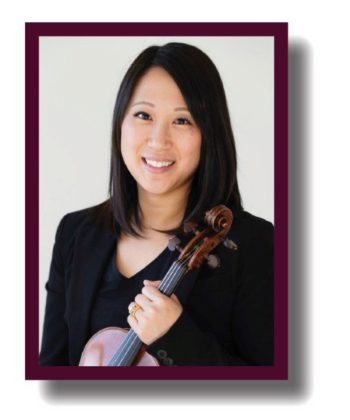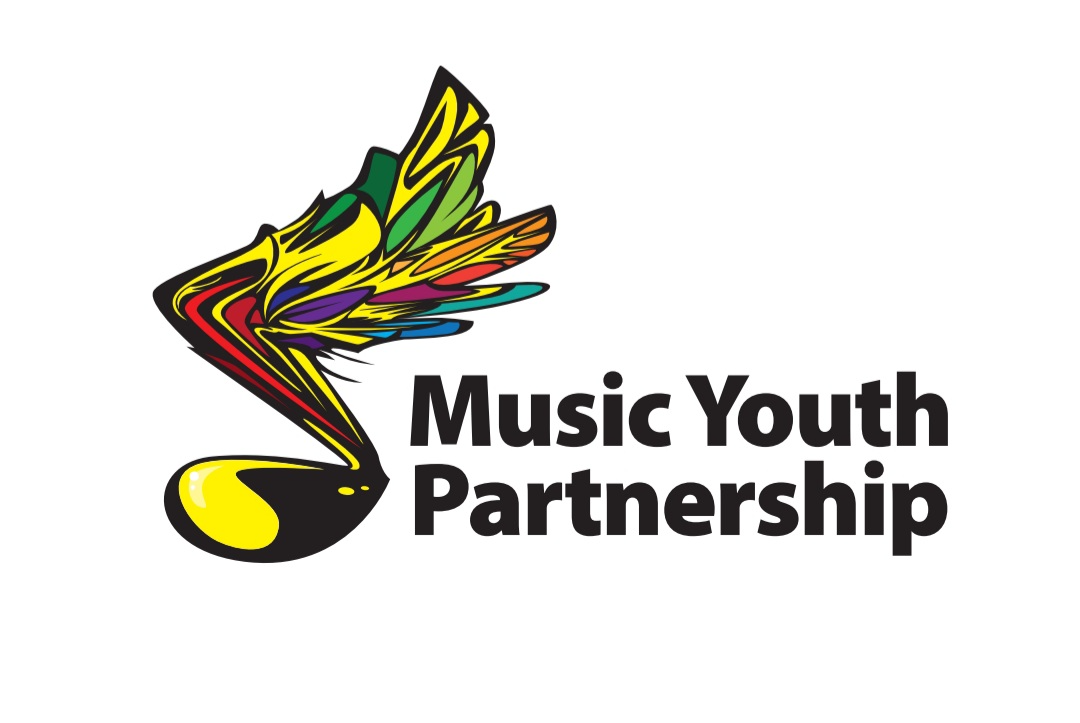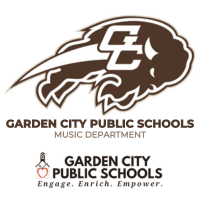
Columbia University
elisabethrsato@gmail.com
Reprinted with permission from the May 2018 New Jersey Tempo Magazine.
As a middle school orchestra teacher, I found myself frequently saying to my students, “You need to practice.” I began to realize, however, that the expectations I had for my students regarding practicing were just as vague as my instructions. Students may have been practicing at home, but omitted from this were specific goals to focus on while practicing. This prompted me to develop a plan to incorporate different instructional strategies into my teaching that would include teaching my students how to practice effectively and also give them the opportunity to be involved in the assessment process. I would like to share the practice and assessment strategies that I have been implementing this school year in my middle school orchestra ensemble.
Setting The Foundation
Before creating the “practice plan,” I first wanted to assess my students’ current strategies, motivation, and frequency of practicing. I created a brief five-point Likert-type scale survey and administered it to my ensemble as a warm-up activity. Statements included items such as: “When I practice my music, I play it from beginning to end;” “I only practice when I have an upcoming performance;” and “I practice my music slowly and gradually increase the tempo.” Students selected answers that ranged from strongly disagree to strongly agree. There was also a short multiple-choice section where students responded with the average number of weekly practicing hours and indicated any additional motivational factors that may affect their practicing (e.g. When I do practice, it is because I want to get better at my instrument, or I do not practice because I do not know how to practice). The results from the survey provided great insight into the current strategies my students are using when they practice and what motivates them to practice. The information from the survey set the foundation from which I could build my practice plan.
Identifying Musical Elements
Playing and performing music is a large component of my middle school orchestra, but listening to and analyzing music are, of course, equally as important. After all of our performances, my students watch a video recording of their concert and complete a self-reflection form. The next step in my practice plan was to have my students listen to and evaluate different recordings of other musicians. Using YouTube as a resource, I found several videos of beginning and amateur string players performing the same pieces and played just the audio for the students. While listening, students wrote down strong and weak aspects of the performances on a template that I created and rated the level of each performance holistically. I encouraged students to avoid words such as “good” and “bad” and instead focus on positive elements in all of the performances and specific areas that could be improved on. I also encouraged them to use any musical terms they knew. This activity allowed me to better understand which musical elements my students could easily identify and which musical elements they found to be important in a performance. After listening to and evaluating the performances, we discussed what we heard as a class and compiled a master list of the music vocabulary that was used to describe each performance.
Including Students In The Assessment Process
During each marking period, I have my students complete practice checks as a formative assessment: I assign warm-ups or specific measures from our concert music, and students submit their practice checks electronically. As part of my new practice plan, students would not only design the rubric that would be used as the assessment tool, but also select the measures that they would be assessed on. Using the descriptive vocabulary list compiled during our performance listening activity, we combined similar words into categories that addressed specific musical elements such as “tone” and “rhythm.” In small groups, students then created a four-point rubric from a template selecting the music elements that they believed to be most important in a performance and wrote descriptions for each point category. After collecting the rubric drafts, I was able to see which musical elements students identified as key components to a performance and generated a final rubric from all of the draft submissions.
With our class rubric complete, it was time to decide on the measures of music that would be used for the practice check assessment. (For this pilot practice plan, I chose to focus only on measures from our concert music). In small groups and within their instrument sections, students worked together to identify areas in their music that they thought they should be assessed on. (Prior to this point, we had our music for a few weeks, so students were familiar with it enough to identify some of the problematic areas). Students submitted a list of proposed measures, and I generated a final list from all of their recommendations.
Modeling Practice Strategies And Assessment
Using the results from the initial practice survey, I created a list of common practice strategies that students could choose from when practicing their music. Each strategy had its own name and contained a description on how to do it. For example, for the “Strawberry Rhythmic Jam” strategy, students would select a challenging passage and change the rhythm of the notes (long-short-long-short, or short-long-short-long), and for the “Say and Play” strategy, students would identify an area in the music and count the rhythm out loud while playing it at the same time. During our lesson time, I modeled the strategies, and we tested several out together so students would know how to apply the strategies to their practicing at home.
It was also important for students to understand how to practice and assess their own playing using our class-designed rubric. As a warm-up activity during a rehearsal period, I played a few excerpts from the assigned practice check measures and had the students assess my playing following the descriptions on our rubric. (I made a few mistakes to see if the students were really listening!). After giving me a rating for each category, I asked the students to explain their reasoning for giving me a certain score. Following my playing demonstration, some students even volunteered to play for the class and have the other ensemble members assess them as a practice round! At the end of our rehearsal period, the students worked together in pairs to play and assess each other using our class rubric.
Next Steps
The purpose for the practice plan was to introduce and teach my students effective strategies for practicing at home, include them in the assessment process, and equip them with the tools to help them develop into more independent musicians. A major consideration for this plan was to build these strategies into our regular rehearsal and lesson times, yet I am finding that taking the time to implement these activities has benefitted all students. The class-generated rubric can be used as a practice tool—students can use the rubric to focus on specific musical elements when they are practicing at home and self-assess their own playing (or self-assess a peer!). Having the students select the measures for their practice check assessment gives them more accountability for their practicing and helps them learn how to identify problematic areas in their music. I will continue to apply the newly learned practice strategies during rehearsals and lessons to reinforce them and help students develop good practicing habits. Next marking period, students will select new measures for assessment!
Although this year is the first time I have incorporated a step-by-step practice plan into my teaching, I do plan on modifying this plan and continually developing it to meet the needs of my students. At the end of the school year, I intend on having my students complete a short questionnaire about the practice plan to measure their perceptions regarding the new practice and assessment strategies. Having the students submit their practice checks electronically can also be used to track their progress, especially after putting the practice plan into action. Currently, I still find myself telling my students to practice more, but now they are more equipped with the appropriate tools and goals to focus on to be set up for success!























